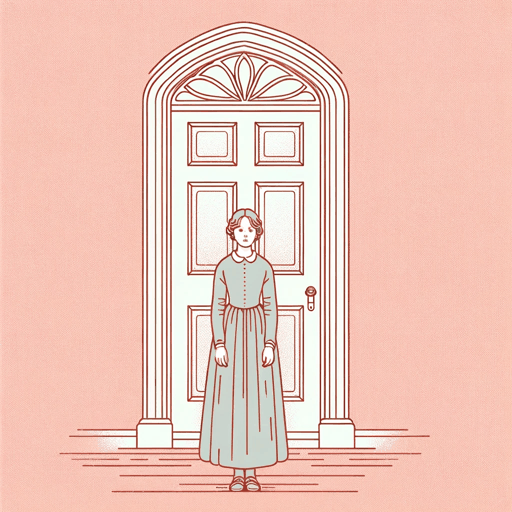67 pages • 2 hours read
Charlotte BrontëVillette
Fiction | Novel | Adult | Published in 1853A modern alternative to SparkNotes and CliffsNotes, SuperSummary offers high-quality Study Guides with detailed chapter summaries and analysis of major themes, characters, and more.
Themes
The Scope of Internal Life
Though psychological realism would truly come to prominence in the late 19th century—a few decades after Villette’s publication—Villette shares that genre’s focus on the internal thoughts and motivations of one character. In psychological realism, the development of the characters becomes more important than the plot or sequence of events. Charlotte Brontë, in her novel Villette, explores the interior of the mind through the first-person narration of Lucy Snowe.
Though the setting of the novel is a rich, cosmopolitan landscape, much of the action takes place inside Lucy’s mind. The narrative at times feels claustrophobic, with Lucy confined inside a convent and shackled by society’s expectations of females. Her lack of external freedom draws both her and the narrative inward, where she is only bound by the limits of her faith and imagination. This is perhaps one reason why Lucy clings tightly to certain secrets; her inner world is one of the few things she “owns,” and maintaining its expansiveness and mysteriousness is important in a world that rewards people (particularly women) for being like Ginevra—all superficial mannerisms and charms.
However, Lucy’s world is also a place of conflict, which she reveals only to the reader, as in her description of wishing for death: “A sorrowful indifference to existence often pressed on me—a despairing resignation to reach betimes the end of all things earthly” (157).
Related Titles
By Charlotte Brontë



